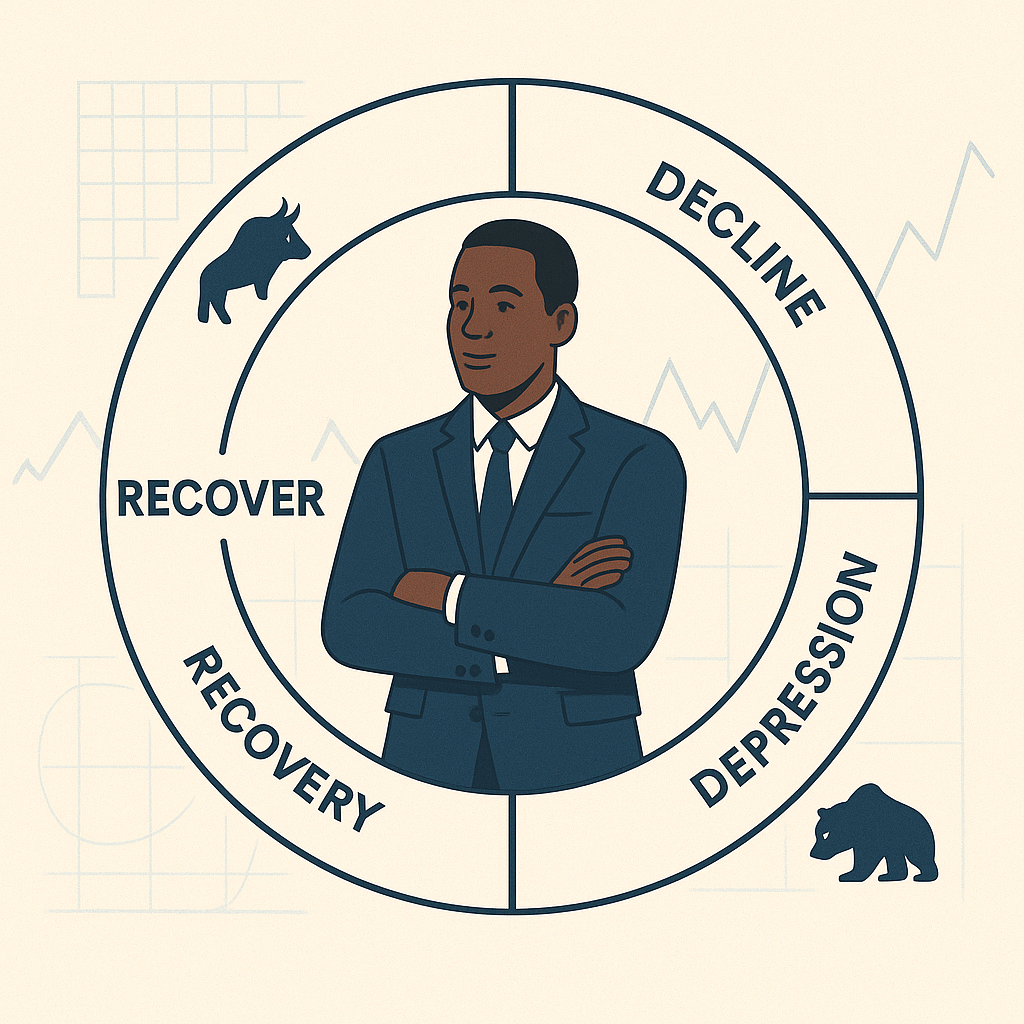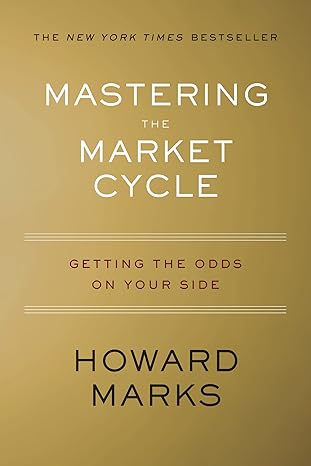
If you’ve ever wondered why some people seem to quietly build wealth while others struggle paycheck to paycheck—no matter how much they earn—then The Millionaire Next Door might just change the way you think about money forever.
Written by Thomas J. Stanley and William D. Danko, this groundbreaking book is based on years of research studying America’s real millionaires. But here’s the kicker: most of them don’t look like millionaires at all. They don’t drive flashy cars, live in mega-mansions, or wear designer clothes. In fact, many live in average neighborhoods, work ordinary jobs, and shop with purpose. They’re the millionaires next door—and their habits are both surprising and inspiring.
What You’ll Learn
The Millionaire Next Door dives into the common traits that set wealthy individuals apart from the rest:
- Frugality over flash – Millionaires are often more focused on value than brand names.
- Planning is key – They know where every dollar goes and are intentional with spending.
- Financial independence matters more than social status – Instead of chasing a high-consumption lifestyle, they chase freedom.
- Wealth is what you don’t see – Big earners can still be broke, while modest earners can build lasting wealth.
Why It Matters Now More Than Ever
In a world driven by social media and keeping up with the Joneses, this book is a refreshing—and necessary—reminder that true wealth is built quietly over time. Whether you’re just getting started on your financial journey or looking for a mindset reset, this book delivers timeless principles anyone can apply.
My Take
I’ve read dozens of personal finance books, but few have had the staying power and insight of The Millionaire Next Door. It doesn’t try to sell you on a get-rich-quick plan. Instead, it lays out what real, lasting financial success looks like—and it’s surprisingly attainable.
Ready to start thinking (and living) like a millionaire?
Grab your copy of The Millionaire Next Door here 👉 Buy on Amazon
Disclosure: This post contains affiliate links. If you make a purchase through them, I may earn a small commission at no extra cost to you.




